

What is it that draws us to re-read our favourite books? And what are the educational values of doing so?
Perhaps the most obvious answer is comfort and familiarity – all children have favourite stories that they will ask for over and over again, and as adults, we often come back to the same films, books and music. They provide us with a soothing familiarity which is both relaxing and enjoyable. We remember what happens, and how they make us feel; we know which books to turn to depending on the feelings we want to evoke.
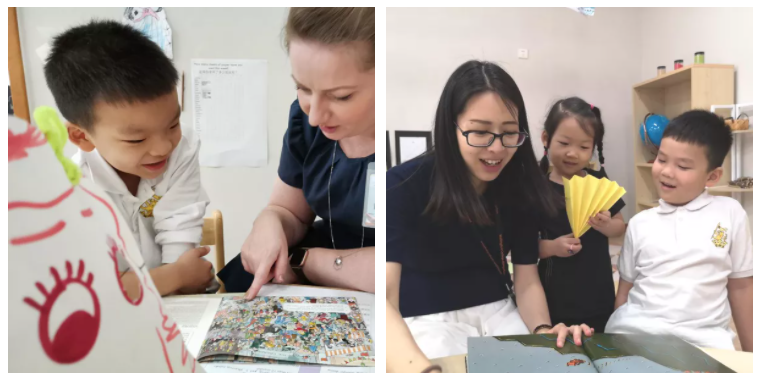
This familiarity has other features too; knowing a story by heart, anticipating the repeated refrains or key events helps children understand the structure of a story and in turn, understand the author’s craft. This helps them when they make up their own stories and when they retell familiar ones, both orally and in writing.
Re-reading is crucial too, in a child’s own development as a reader. When a child is at the start of their journey of learning to read, every single word needs to be sounded out letter by letter and it takes a huge amount of mental energy. The first time a word or page is read, the focus is purely on decoding. When we encourage the child to go back and re-read the same passage, they will have the words fresh in their mind, and second and subsequent readings will help them to focus less on the decoding and more on understanding and appreciation.
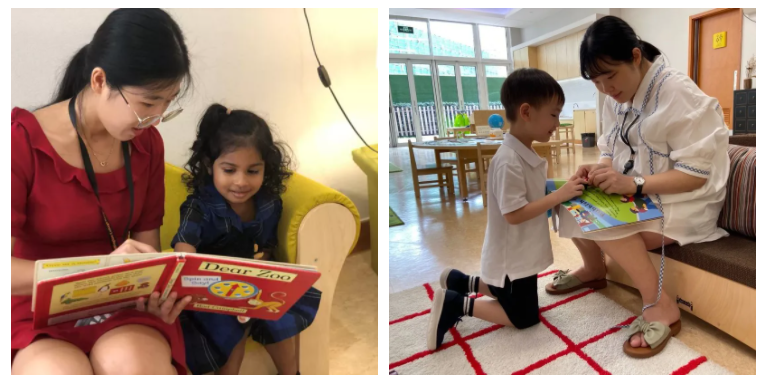
The next step of re-reading, on perhaps the third or fourth time, is thinking about expression, pace and cadence. Once a child knows the words, they can think about how they want to say them. The wolf is threatening to blow down the little pig’s house, so how should he be speaking? This gives the child opportunity to truly engage with the words and bring in energy and passion to their reading.
When you read at home with your child, I encourage you to reflect upon re-reading; what do you notice in your child’s behaviour when you re-read treasured books? What are the books they love to come back to time and time again?
I also encourage you to reread some of your own childhood favourites with your children and tell them about your own journey as a re-reader.

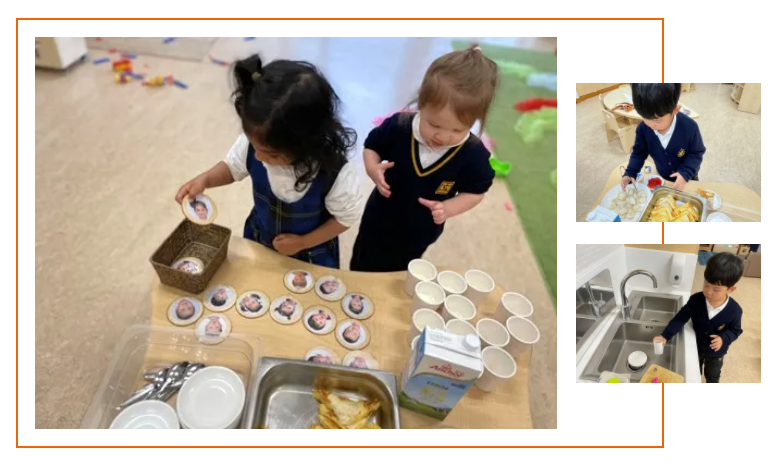
Snack-time at Huili Nursery for our EY1 children is more than an opportunity to nourish the children’s bodies. It is a multi-faceted learning opportunity to develop independence, self-reliance and confidence in our children. Core and specific learning areas within the Assessment Framework are developed too, and it is rich in language, speaking, understanding and listening scenarios. The process allows our EY1 children to bolster their identity as an individual, selecting their name tag; making food choices from options available, and being able to recognise their individual needs and preferences; the children have shown enjoyment in socialising with their friends in the ‘hub’ environment created; also snack-time gives the children a chance to practice taking responsibility of the crockery and utensils used dispensing these items in a designated area after they are finished.
Educators at Huili Nursery Hangzhou have been delighted to observe EY1 children assisting their friends at times too. For example, if one child spills a cup of milk, a friend will immediately go and get tissues and help clean the spillage. This is further developing their personal, social, emotional development along with Huili values of kindness and responsibility. When we look back and think of our EY1 children at the beginning of their learning journey at Huili Nursery, we are proud to feed not just the bodies but also the minds of all our EY1 children.

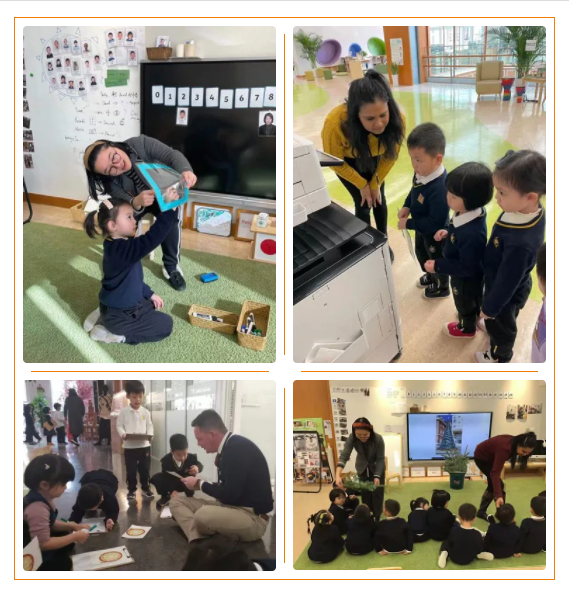
At Huili Nursery, we are fortunate to create an immersive and authentic bilingual environment where both expat and Chinese teachers investigate, explore and learn alongside the children throughout the school day. Through the daily rhythm of the day, the children are immersed in both languages as they expand their understanding, listening and attention, fostering a deeper understanding that communication encompasses not only speaking but experiencing a new language through meaningful interactions by verbal cues, gestures and words with each other and their teachers both indoors and outdoors. This could be seen by playing a favourite game outdoors although the language may be different the tune and rules of the game remain the same.
Speaking two languages is a skill that takes time and practice. Children can achieve proficiency in both languages by providing rich experiences with each language. Continue to add new vocabulary in your child’s first language, a good language model gives your child the skills they need to learn another language. In addition, familiar songs and nursery rhymes can be sung or played in their second language to foster a love, enjoyment and increase their confidence to explore this language further.

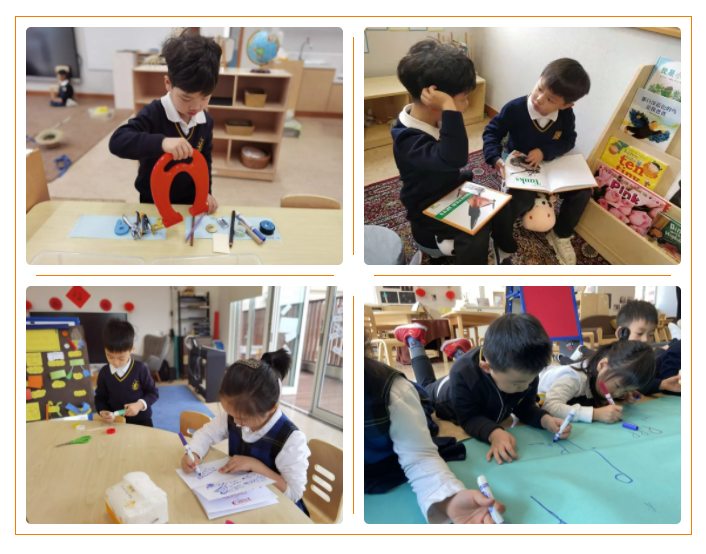
As we begin to slowly transition into getting ready for the final part of EY3 and moving into EY4 and Grade 1, we begin to push and challenge the children more. This is challenging their thinking but also encouraging them to take responsibility for their own learning and representation.
In school, we are pushing the children to use all the knowledge that they have acquired over the last few months and begin to implement it into some of their work. Some ideas of things to do at home in order to support the children's learning include:
Counting a particular type of car (e.g how many BMW's can you see?) Or how many white cars can you count in 1 minute? - These are practical activities and are not just saying the numbers, it gives meaning.
Let them write down "important" information for you. This makes them feel special and that they must do a good job - make it real.
Let them choose their own clothes - if they choose ones that you think are not suitable, ask them why they chose them. Do they think they will be too hot/cold if they wear those clothes? Choose something together so they can learn what is more suitable.
Talk about the weather and the things they can see outside. What is changing and what is staying the same? Why are these changes happening? Are they man-made or natural?

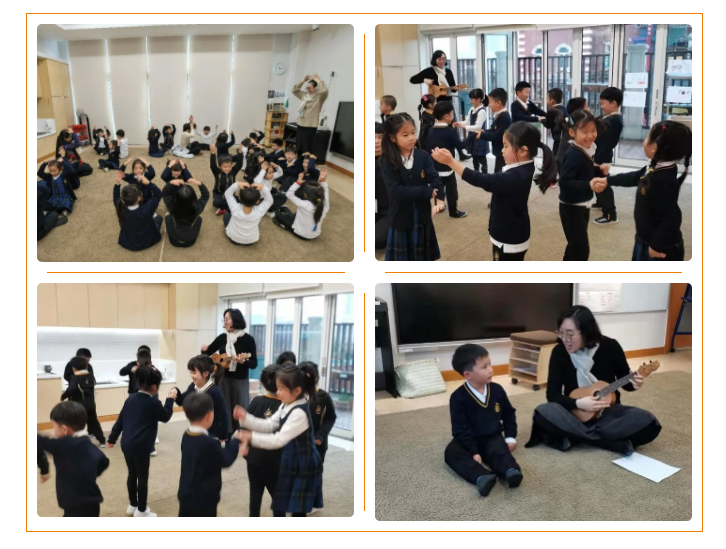
We warmly welcomed several new children to EY4 this week. Within a new environment, some of them may feel nervous and shy. To help them become more familiar with our nursery, confident in forming new friendships and getting to their teachers, many engaging opportunities are planned for.
What is your name?
My name is Zhang…
Nice to meet you.
With interactions through song and music, children are naturally able to engage with each other, introduce themselves and learn about their friends.
During our daily nursery life, we often use various games and music to improve children’s confidence, which will offer children more opportunities to interact with peers they may not always be able to interact with, increase understanding of new concepts and expand their social circle.

